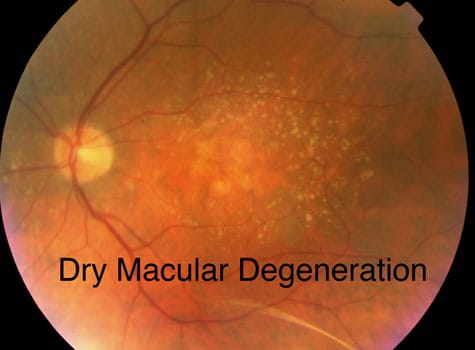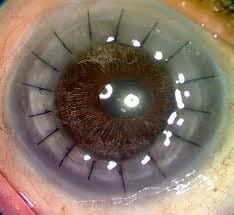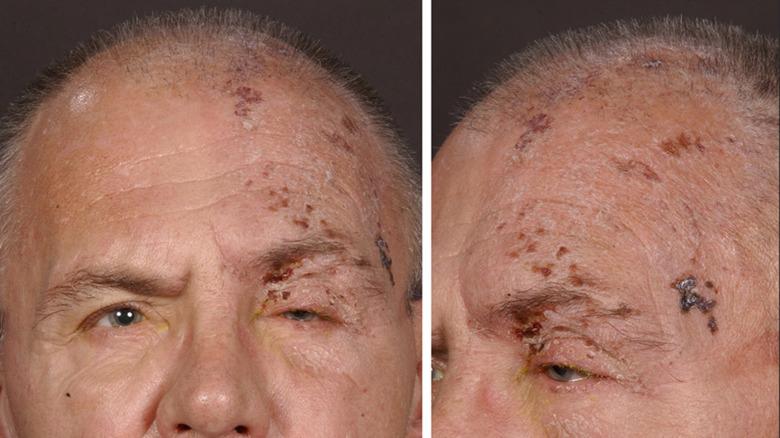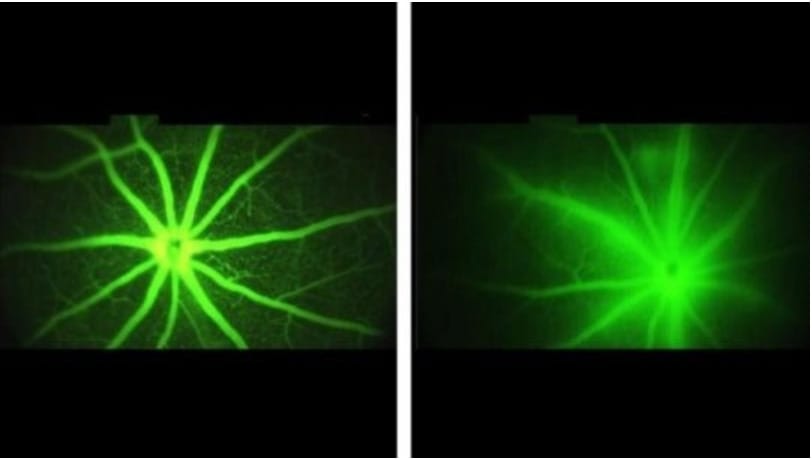New strategy for treating common retinal diseases shows promise A potential treatment based on a natural protein may offer broader benefits than existing drugs Scientists at Scripps Research have uncovered a potential new strategy for treating eye diseases that affect millions of people around the world, often resulting in blindness.
New insight on how people with retinal degenerative disease can maintain their night vision for a relatively long period of time has been published today in the open-access eLife journal. The study suggests that second-order neurons in the retina, which relay visual signals to the retinal ganglion cells that project into the brain, maintain their activity in response to photoreceptor degeneration to resist visual decline -- a process known as homeostatic plasticity.
When the eye isn't getting enough oxygen in the face of common conditions like premature birth or diabetes, it sets in motion a state of frenzied energy production that can ultimately result in blindness, and now scientists have identified new points where they may be able to calm the frenzy and instead enable recovery. In this high-energy environ, both the endothelial cells that will form new blood vessels in the retina -- which could improve oxygen levels -- and nearby microglia -- a type of macrophage that typically keeps watch over the retina -- prefer glycolysis as a means to turn glucose into their fuel.
A new approach in ophthalmology that offers a revolutionary alternative to corneal transplantation has just been developed by researchers and clinicians in North America, Europe, and Oceania. The team was co-led by May Griffith, a researcher at Maisonneuve-Rosemont Hospital Research Centre, which is affiliated with Université de Montréal and is part of the CIUSSS de l'Est-de-l'Île-de-Montréal. The results of this multinational project have just been published in the journal Science Advances.
February Is Age-Related Macular Degeneration (AMD) / Low-Vision Awareness Month What is Macular Degeneration? Age-Related Macular Degeneration (AMD) is a relatively common eye condition. It is the leading cause of vision loss in adults 55 and over. It affects more than 10 million Americans – more than both glaucoma and cataracts combined.
The Digital Gap Between Rich and Poor Kids Is Not What We Expected America’s public schools are still promoting devices with screens — even offering digital-only preschools while the rich are banning screens from class altogether.
Eyes hold clues for treating severe autism more effectively Vocabulary tests for individuals with the severest forms of autism spectrum disorder, or ASD, are notoriously inaccurate. They commonly ask the test-taker to point to an illustration after hearing a spoken word, measuring the ability to understand and perform a task as much as word knowledge.
Cases of herpes zoster ophthalmicus tripled in 12-year time span, highest among older adults Source: Michigan Medicine - University of Michigan More Americans are being diagnosed with eye complications of shingles, but older adults can call the shots on whether they are protected from the painful rash that can cost them their eyesight.
Antioxidants key to lowering risk of age-related cataracts A $5.7 billion global medical bill to restore sight for the estimated 45 million people with cataracts could be slashed in half by a diet rich in colorful fruits and vegetables, according to an international study.
In studies with lab-grown human cells and in mice, Johns Hopkins Medicine researchers have found that an experimental drug may be twice as good at fighting vision loss as previously thought. In studies with lab-grown human cells and in mice, Johns Hopkins Medicine researchers have found that an experimental drug may be twice as good at fighting vision loss as previously thought.

Contact us
Call us
Visit us anytime
Goodrich Optical, 2450 Delhi Commerce Dr. Holt, MI 48842
Send us an email
About us
Subscribe
Sign up for our newsletter to receive all the latest eye health news as well as offers and discounts from Goodrich Optical.
Copyright © 2023 all rights reserved.









